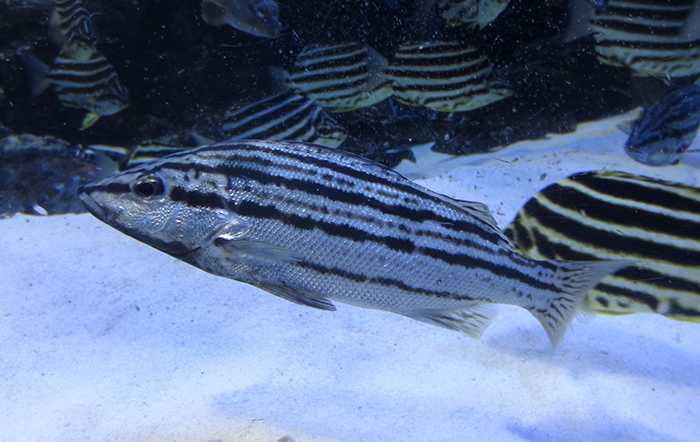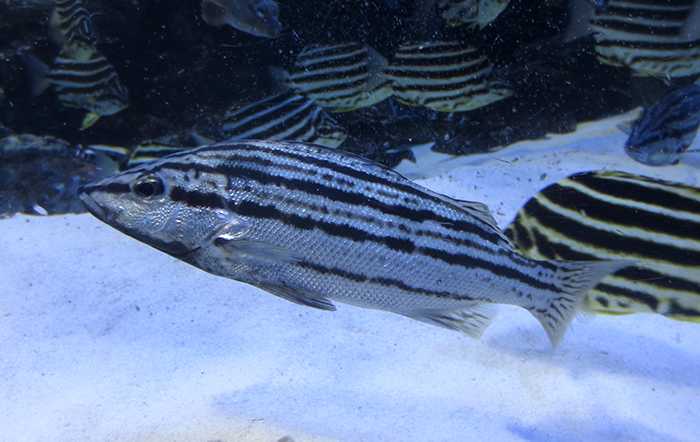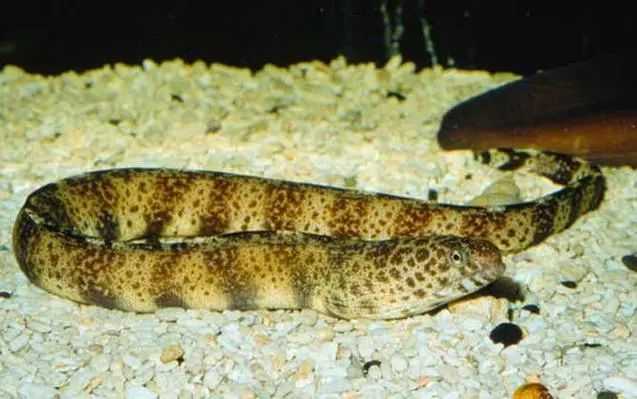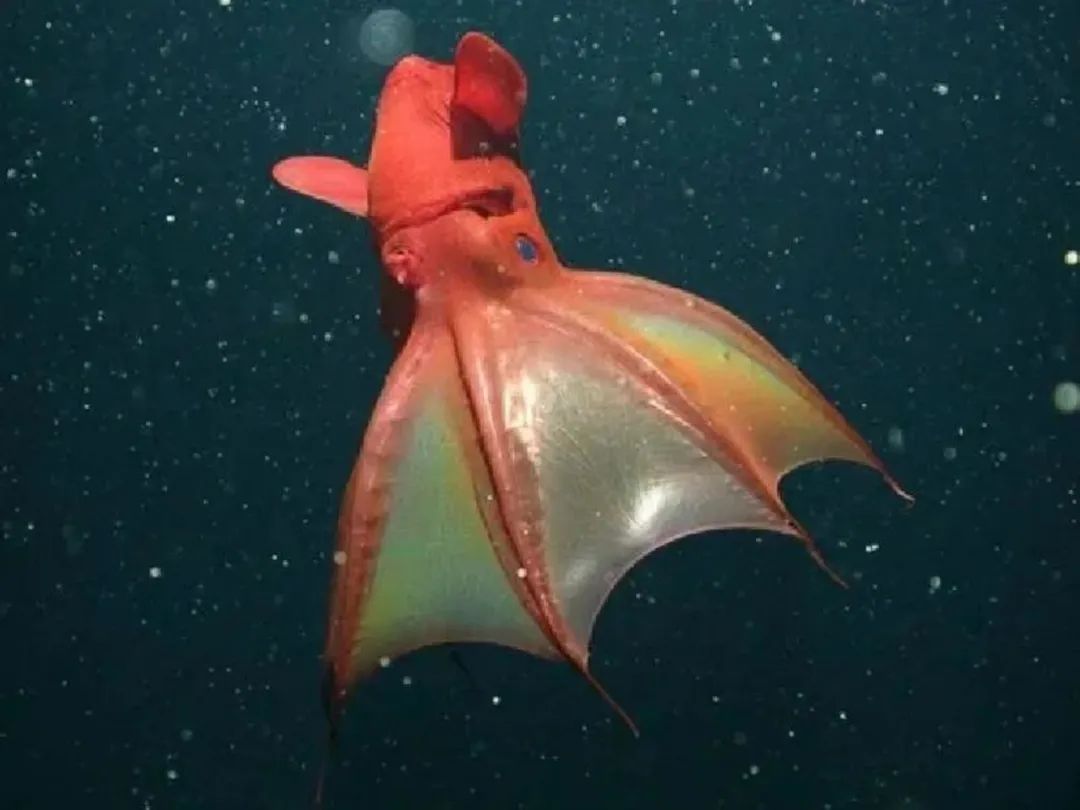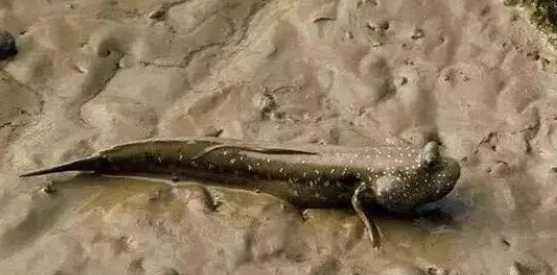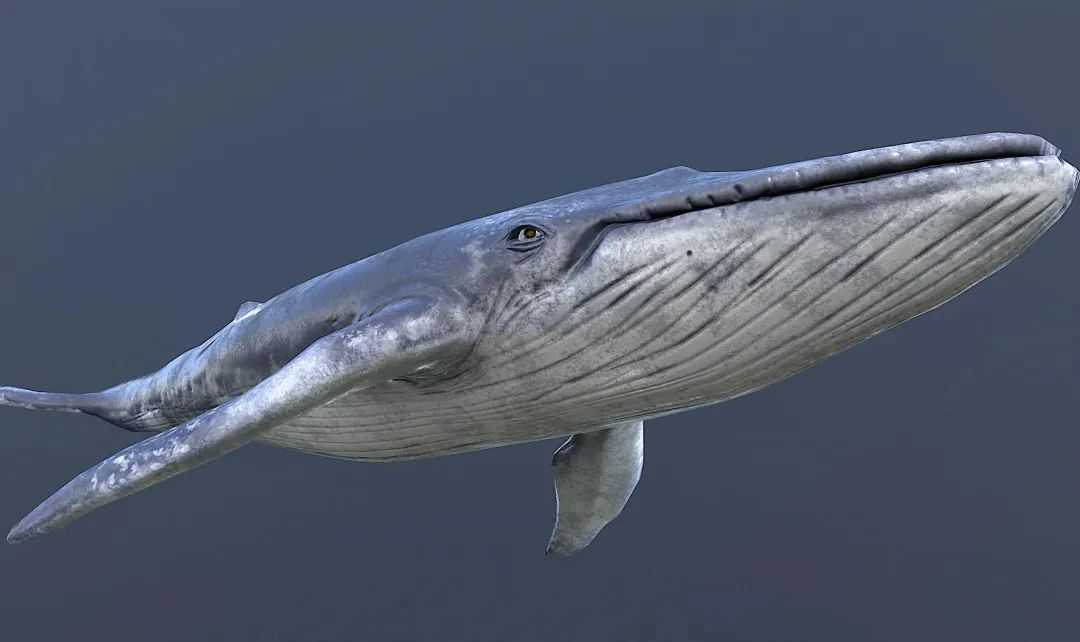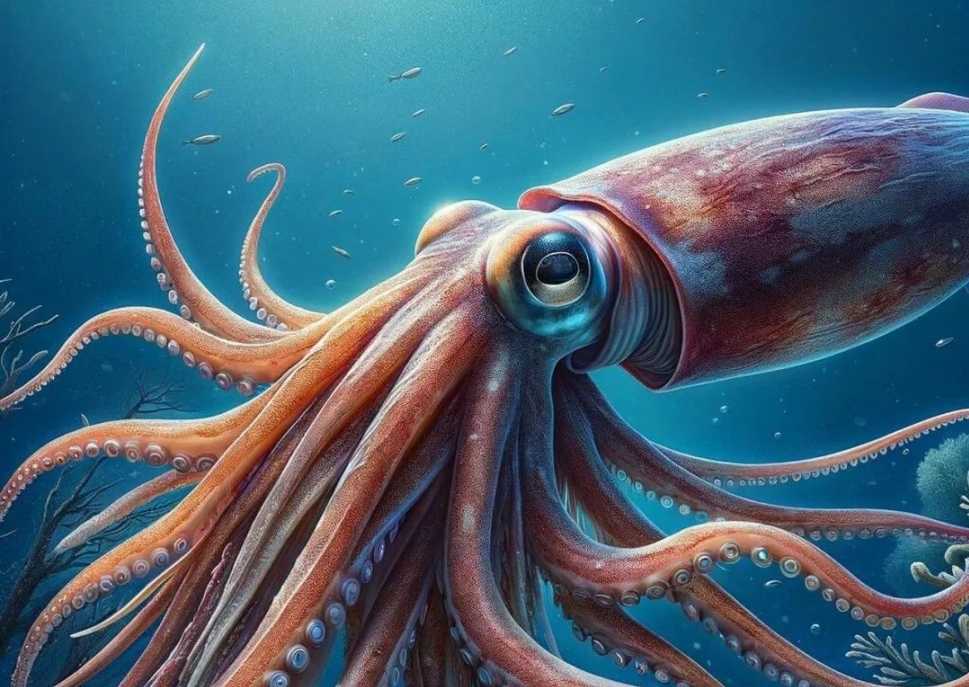Rhynchopelates oxyrhynchus, commonly known as the sharpbeak terapon, is a captivating species within the Terapontidae family, inhabiting the coastal waters of Asia. This ray - finned fish is celebrated for its unique appearance and ecological role in the diverse ecosystems of the Western Pacific.
Rhynchopelates oxyrhynchus: The Sharpbeak Terapon of Asian Coastal Seas
Rhynchopelates oxyrhynchus, commonly known as the sharpbeak terapon, is a captivating species within the Terapontidae family, inhabiting the coastal waters of Asia. This ray - finned fish is celebrated for its unique appearance and ecological role in the diverse ecosystems of the Western Pacific.
Source: Images from the Internet, if there is any infringement, please contact the removal of
Growing up to 25 centimeters in length, the sharpbeak terapon features an oblong, relatively deep, and laterally compressed body, with juveniles showing more pronounced lateral compression. Its small, slightly oblique mouth does not extend as far back as the eye. The teeth are villiform, arranged in bands in each jaw, with the outer row being significantly larger than the inner rows, and there are no teeth on the roof of the mouth. The body is grey on the back and silvery below, adorned with four rather blotchy dark brown or black longitudinal stripes along its length, and some specimens even have irregular stripes between these main stripes. The base of the spiny part of the dorsal fin is dusky, as is its margin, while the soft - rayed part is banded. Juveniles have clear caudal fin lobes, but in adults, several narrow, irregular, parallel stripes appear on each lobe. The dorsal fin contains 12 spines and 9 - 11 soft rays, with the spiny part arched, and the third to sixth spines being the longest. The anal fin has 3 spines and 7 - 9 soft rays, and there are 60 - 75 pored scales in the lateral line.
Native to the Western Pacific, this species ranges from southern Japan and Taiwan to southern China and the Philippines. It inhabits inshore waters, frequently venturing into brackish waters, and juveniles are known to enter freshwater. As a carnivorous fish, it preys on invertebrates and smaller fishes. After spawning, the males take on the responsibility of guarding the eggs, fanning them to ensure proper oxygenation.
The sharpbeak terapon plays a crucial role in the coastal food web, both as a predator controlling populations of smaller organisms and as prey for larger marine species. It is fished using traps, handlines, and other inshore fishing gear. In Japan, it is also commercially aquacultured. However, like many coastal species, it faces threats from habitat degradation due to coastal development, pollution, and overfishing. Conservation efforts, such as protecting estuarine and coastal habitats and implementing sustainable fishing practices, are essential to ensure the long - term survival of this remarkable fish and the integrity of the ecosystems it inhabits.
